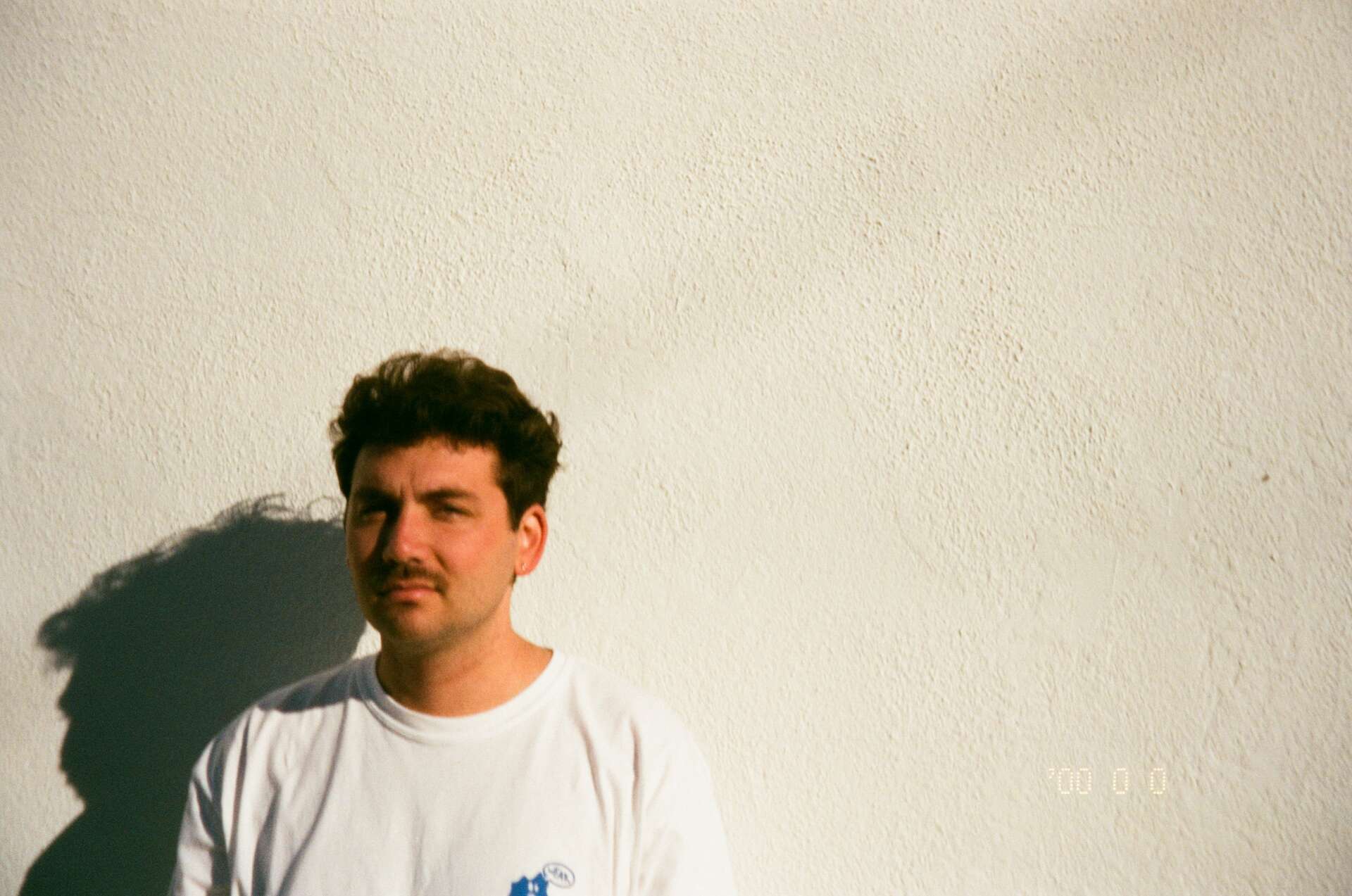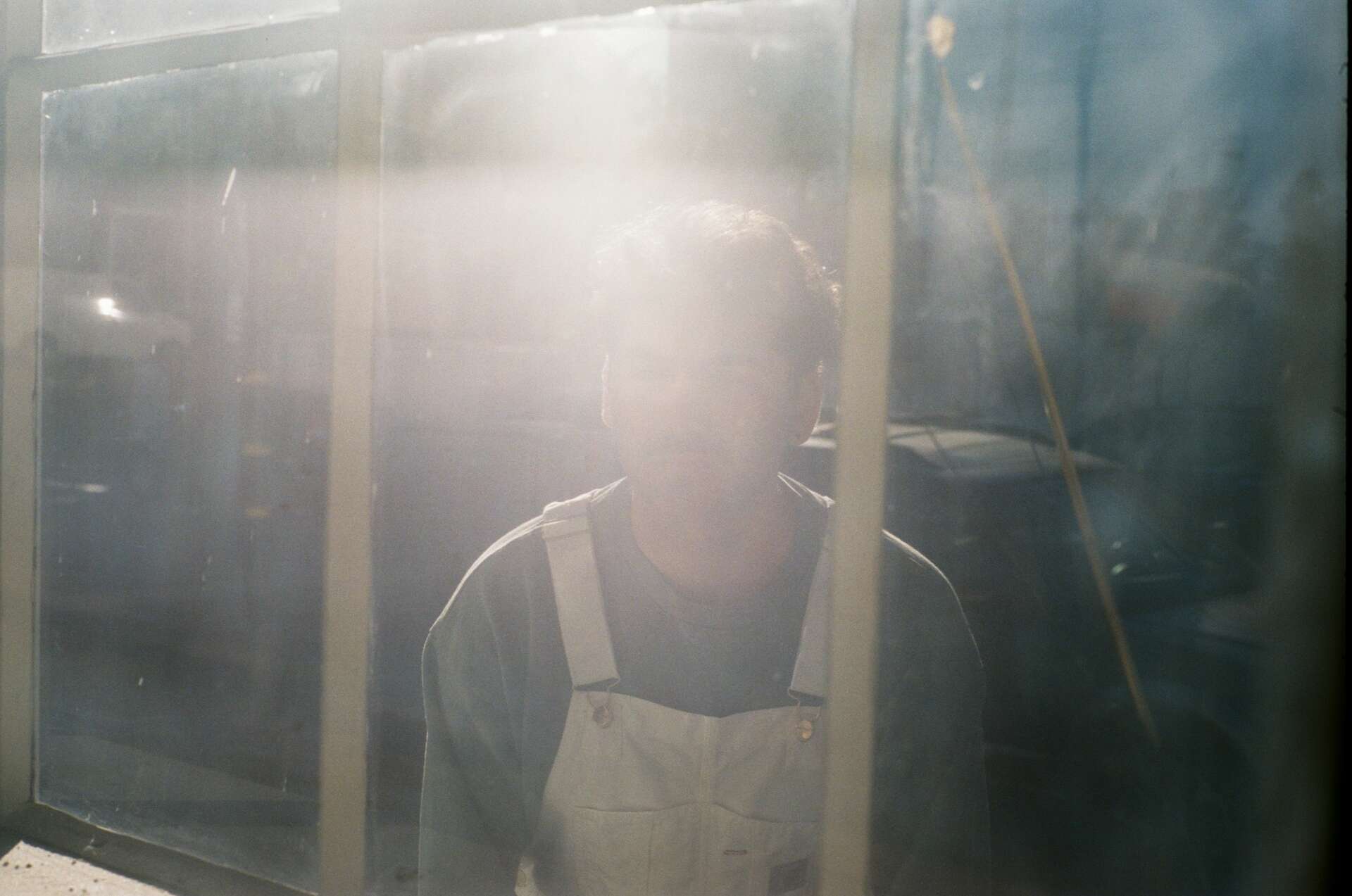Alright – so today we’ve got the honor of introducing you to Michael Armstrong. We think you’ll enjoy our conversation, we’ve shared it below.
Michael, looking forward to hearing all of your stories today. Earning a full time living from one’s creative career can be incredibly difficult. Have you been able to do so and if so, can you share some of the key parts of your journey and any important advice or lessons that might help creatives who haven’t been able to yet?
I’ve been lucky enough to make a living from my creative work – though, notably, not always in the form I expected. Growing up, I didn’t understand that in the greater music industry there were occupational options in addition to the capital A “Artist,” and consistent ways to utilize portions of one’s skill set in service of others’ creative visions. For example, I’ve composed a lot of music for TV and film the past few years, an area I never thought I’d find myself. But using my abilities as a producer and musician to support another form of art has proven both creatively fulfilling and financially stabilizing. I’m also currently on tour mixing shows for an artist I adore named Samia, which is another version of using a skill set (this time as an engineer) to help bring an artist whose music I love to life. And, maybe most inspirationally, these ventures have proven more helpful for my own creative development as an artist and musician than I could have ever imagined, all while allowing me to earn a living.

Great, appreciate you sharing that with us. Before we ask you to share more of your insights, can you take a moment to introduce yourself and how you got to where you are today to our readers.
I started playing music from a pretty young age: I took piano lessons from ages 5-7, but my passion really began to grow around 3rd grade when I picked up the trombone and my parents bought me a digital piano that had recording and playback capabilities. Ever since then, I had been pretty obsessed with listening to, playing, and making music. I didn’t pick up a guitar until high school though, and that’s when I started singing, learning songs my favorite musicians had written, and writing full songs myself. It was around that time that I started to realize making music was what I wanted to do with my life. Outwardly, I had been pretty jazz-focused in high school, which combined with my songwriting and frontman interests landed me at USC’s Thornton School of Music as a double major in their Jazz and Popular Music programs. At the time, I was still pretty insecure about getting out from behind the trombone and struggling between notions of technical ability that the jazz world lauds and the methods of the more raw musicians I had come to admire like Neil Young, Jeff Tweedy of Wilco, Elliott Smith, etc. But strangely enough, the production and audio engineering classes I took at Thornton served the catalysts of shedding that false choice. I began to see the bigger picture of the recording process as the full artistic endeavor that my heroes were contextualized in and the piece of the puzzle that really cemented my calling to writing and recording my own music. I had done a lot of self-recording before then, but learning the meat and potatoes of the process really opened up a whole new world for me.
Since then, I’ve been writing, producing, and recording as much as I can, whether that’s for my own project, other people’s projects, TV and Film, mixing shows for artists I love, or whatever else I can get my hands on. “The Song” has become the core piece of my inspiration, regardless of if it’s mine or someone else’s, but I’ve found that as long as I’m in my studio making music that wasn’t there before, it’s hard not to feel fulfilled.

What’s a lesson you had to unlearn and what’s the backstory?
In my opinion, the art education community’s biggest mistake is enforcing ‘the rules of craft’ without keeping inspiration in the foreground. I’m grateful to have learned music in school, and my college education in particular really drove home the skills I use every day in my creative life. However, for the half a decade after I graduated, it felt as though I was working backwards from the guidelines I had learned instead of keeping my creative spark front and center and simply using the guidelines to help execute them. Even once I realized my mistake, it took years to unlearn that process. I don’t think it’s a coincidence that I’m only now making music more similar to what I loved and made when I was younger – once I finally disposed of all the junk in my head about how to make music the “right way.” It’s the biggest lesson I’ve unlearned, professionally or otherwise, and I couldn’t be more grateful to be on the other side of it.

In your view, what can society to do to best support artists, creatives and a thriving creative ecosystem?
Undoubtedly, the most important thing we can do to keep our artistic ecosystem vibrant is simply to follow the impulses of what excites us. If you find a new musician you love, listen to their music 1000 times. Go to their concerts. Buy their merch. Post a photographer’s work to your stories if you’re moved by them. Share and engage in the joy you’re feeling by the art that’s moving you every day. I think that’s the energy the world needs more of, and it’ll push the art that surrounds us further into the foreground.

Contact Info:
- Website: www.michaelsimonarmstrong.com
- Instagram: https://www.instagram.com/michaelsimonarmstrong/
- Facebook: https://www.facebook.com/michaelsimonarmstrong
- Linkedin: https://www.linkedin.com/in/michael-armstrong-6361a5146/
- Twitter: https://twitter.com/michaelsimonarm
- Youtube: https://www.youtube.com/channel/UCfwXKnAnu1voDaiZi70mz9Q
- TikTok: https://www.tiktok.com/@michaelsimonarmstrong
Image Credits
All images by Mallory Hauser


